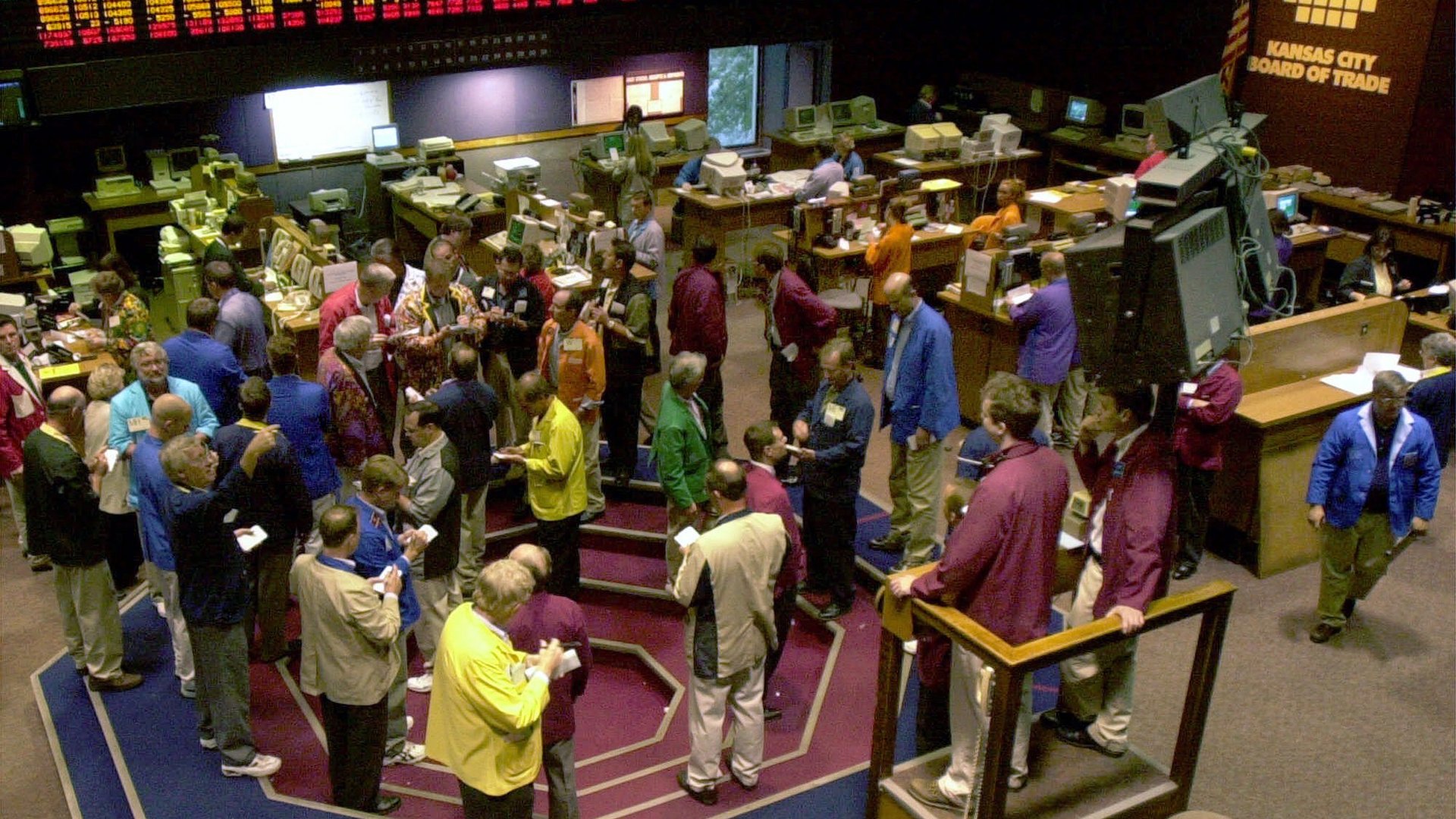Seven things to do with superfluous trading floors
Automated trading is here to stay, and with it has come the demise of traditional stock exchanges. Although traders still walk the floor of the world’s largest exchanges—and the exchanges themselves profess that floor traders will always be welcome—the last few years have made clear that trading floors aren’t all that necessary. Floor traders have gradually disappeared, as more and more trades can be conducted with keystrokes rather than shouts and hand signals.
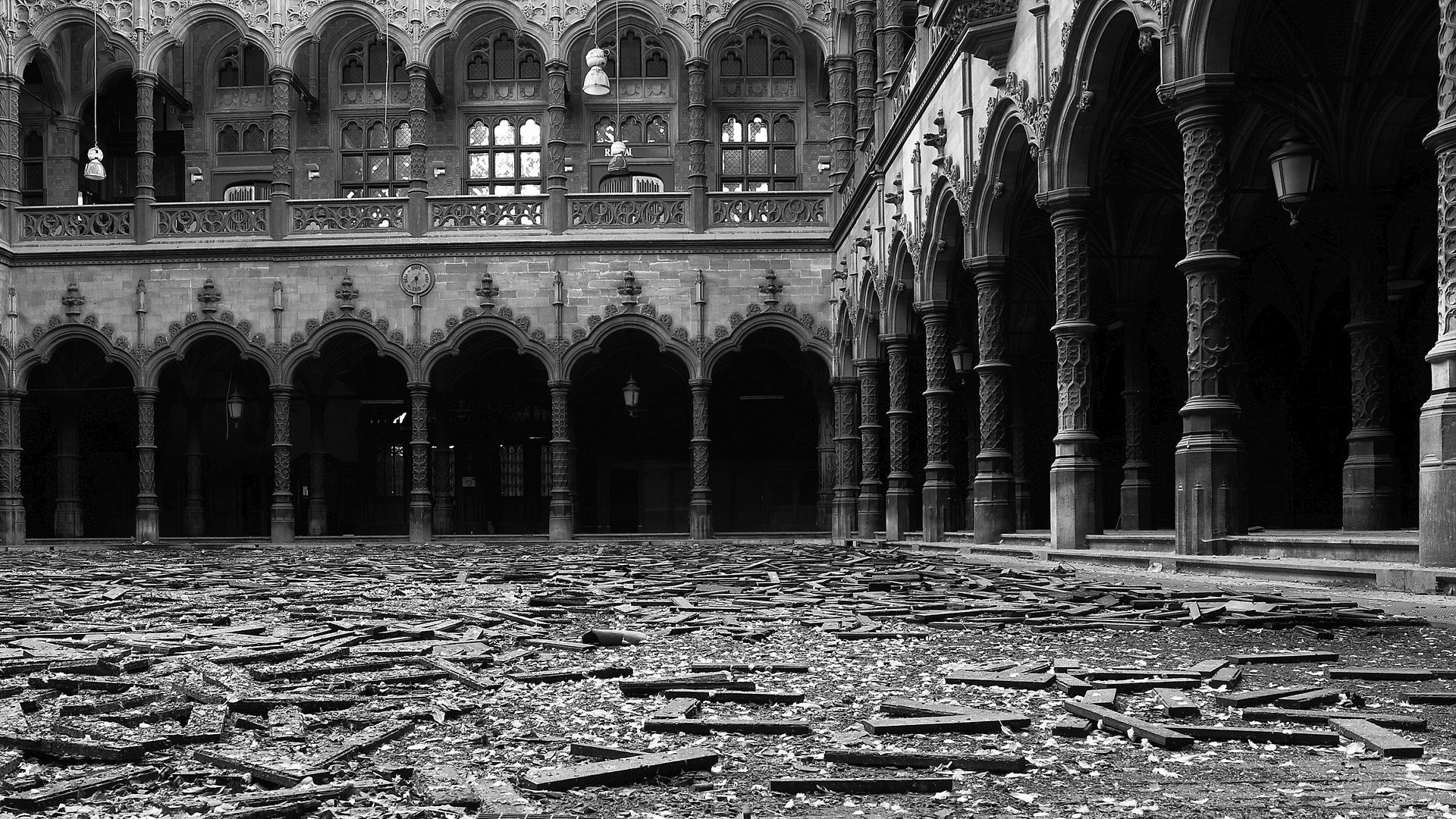

Automated trading is here to stay, and with it has come the demise of traditional stock exchanges. Although traders still walk the floor of the world’s largest exchanges—and the exchanges themselves profess that floor traders will always be welcome—the last few years have made clear that trading floors aren’t all that necessary. Floor traders have gradually disappeared, as more and more trades can be conducted with keystrokes rather than shouts and hand signals.
We’re loathe to feel too much nostalgia for anything in finance, but trading floors—particularly the decades- or centuries-old floors in the US and Europe—can sometimes be architectural works of art. Some of the oldest and most beautiful exchanges have been turned into historic buildings. And some have been turned into very different things.
1) A museum
Take the Toronto Stock Exchange, now the Design Exchange, a museum for “fashion, architecture, interior and industrial design, digital design.” The financial exchange moved out of the building in 1983, and shifted to computers in 1997 (pdf). The building, constructed in the 1930s, is now a mix of architectural styles; it’s wedged under the Ernst & Young Tower, built in 1991, and part of the greater Toronto Dominion Centre, a complex housing offices and shops.
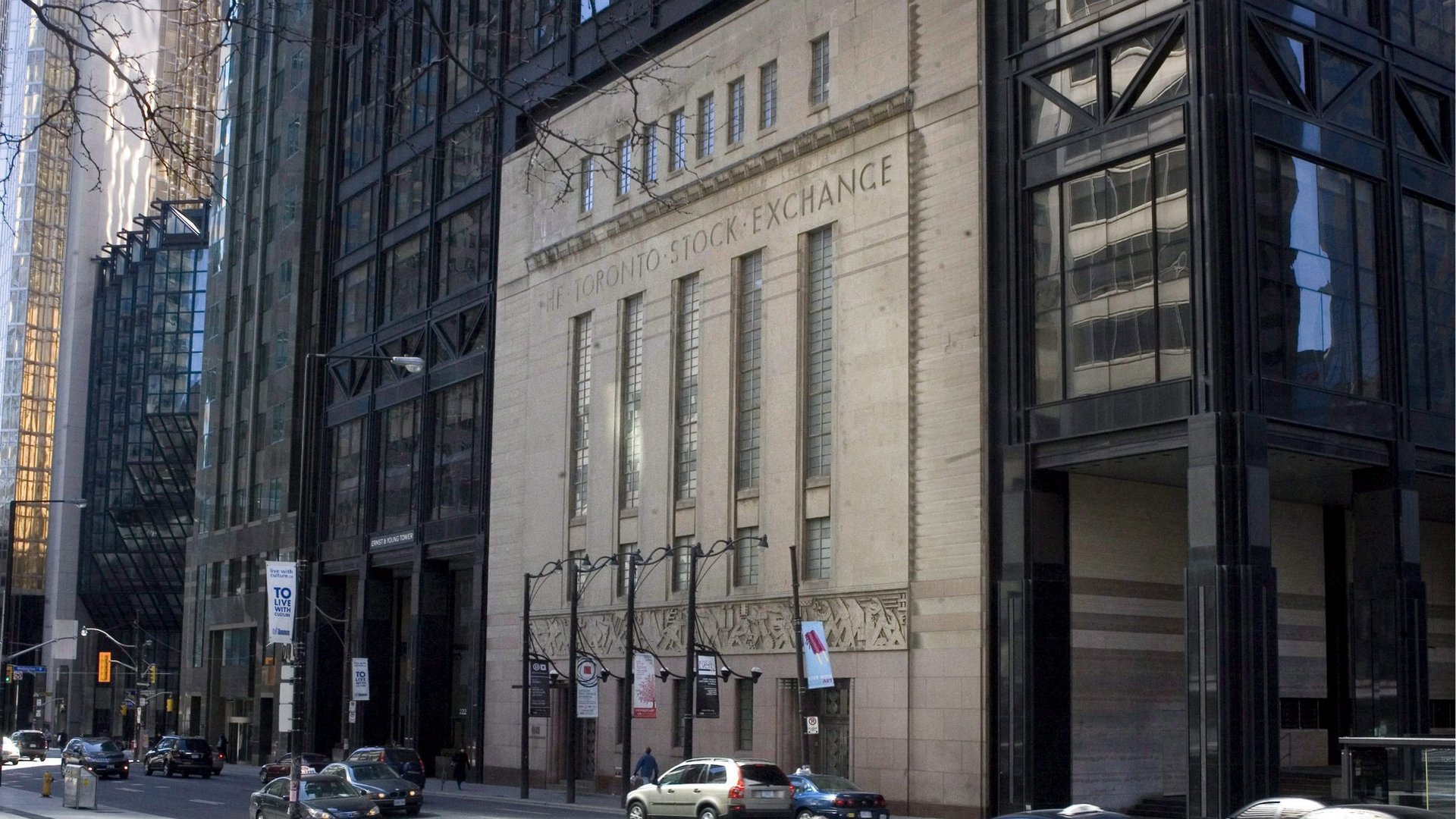
2) Offices
Old exchange buildings are most frequently reincarnated as offices, particularly with those buildings that don’t boast extraordinary history or age. Take, for example, the old Baltimore Stock Exchange Building, which now is known as the Totman Building. This exchange succumbed to consolidation, merging with the Philadelphia Stock Exchange in 1949, and later migrating to their home base in Philadelphia.
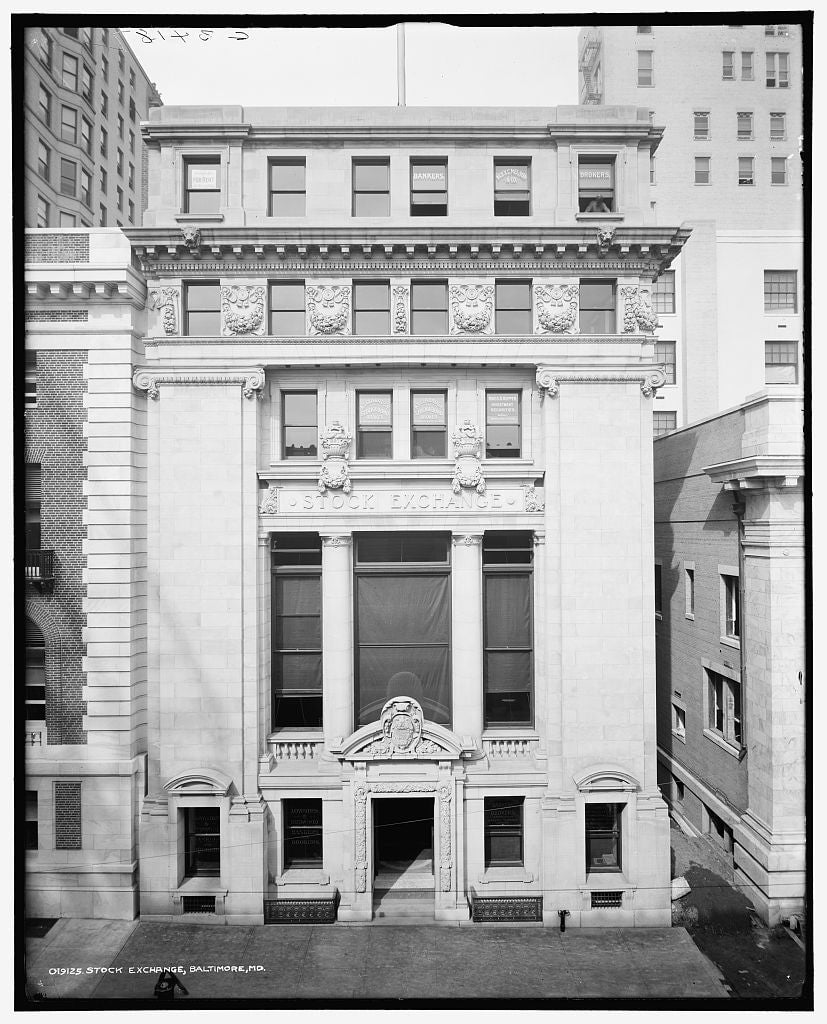
3,4,5) Bank, nightclub, and…theater?
Pittsburgh’s stock exchange hung on until 1974, even after it had merged with the Philadelphia-Baltimore-Washington exchange conglomerate in 1969. The building then went through a string of owners, as a bank and then as two ill-fated nightclubs called Level and Pressure. Though patrons noted the decor, the club owners simply couldn’t make the old stock exchange into a liquid money-maker. The old stock exchange building ended up in the care of Park Place University, which had plans to turn the building into a theater. As far as we can tell, however, the show did not go on, and the site remains unoccupied (pdf).
6) Urban explorer’s paradise
We’re not sure if this is the coolest use or the saddest.
The city of Antwerp, Belgium, was home to what is considered the world’s first stock exchange, called Handelsbeurs—literally, “the trade”—which was built in 1531. It wasn’t an exchange like we know it today; it was simply the first actual building where people could congregate to conduct business. Once ravaged by fire, the building that’s still standing was rebuilt in 1872 based on the specifications of the original design. Majestic and massive, many believe the exchange’s design inspired the construction of the London Stock Exchange and other great stock exchanges that would spring up later.
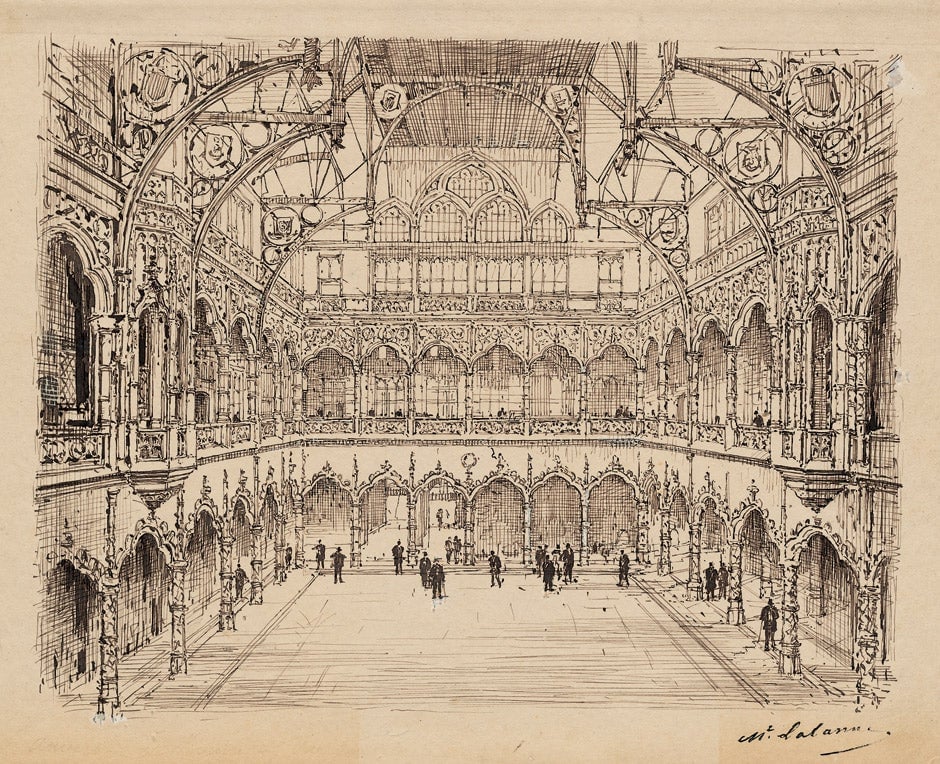
Once at the center of the financial world, Antwerp’s only current claim to financial importance is its port. The Antwerp Stcok Exchange shut down in 1998 and merged with the Belgium Stock Exchange, and even that is now just an outpost of the larger NYSE Euronext. The building served as an events space—hosting everything from corporate parties to squash tournaments—until fire restrictions shut it down in 2003. Developer Brevaast said it would restore the building in 2008, keeping the old trading floor remaining public during the day and turning the rest of the building into a Marriott hotel. But those €28 million plans seemed to dry up (Dutch) at the beginning of 2013. Photographer Patrice Troost called the decay a “shame,” and hopes that the building can be revitalized. (More of Troost’s pictures of the exchange can be found here.)
Ten years after it shut its doors nothing has come of those plans. The old exchange now sits empty and abandoned, but for the intrepid urban explorers come to witness its fading grandeur.
7) Events space
Using an aging—and sometimes beautiful—trading floor as an events space is by far the easiest way to fill it, even if traders still trade on the floor. The New York Stock Exchange has already launched an events business devoted to renting out the floor and its other spaces for events and conferences, complete with catering team.
The Chicago Board of Trade, owned by the CME Group, hasn’t gone down that road—yet. However, the group did let a couple take photos on the trading floor—a spokesman describes it as a one-time event—and the pictures are pretty enough to make us think this might become habit.
For sale
Old exchange buildings continue to come on the market as consolidation and electronic trading make physical floors irrelevant. The Kansas City Board of Trade is one of the latest casualties. Bought by the CME Group in 2012 for its market in wheat contracts, the trading floor officially shut its doors on June 28.
And for the most part, it’s business as usual. ”There’s nothing historic about the building,” says Rod Jones, the Colliers International realtor managing the listing for the building. It’s located in a desirable business district. It’s got a parking lot. It’s big. And that’s all new buyers are really going to care about. “[Exchanges] just kind of get reconfigured. Nobody’s going to put a deck between the floors…[but] if a new owner wanted to put windows then a lot of the [outside] artwork would have to be taken down. That’d be expensive,” Jones says.
